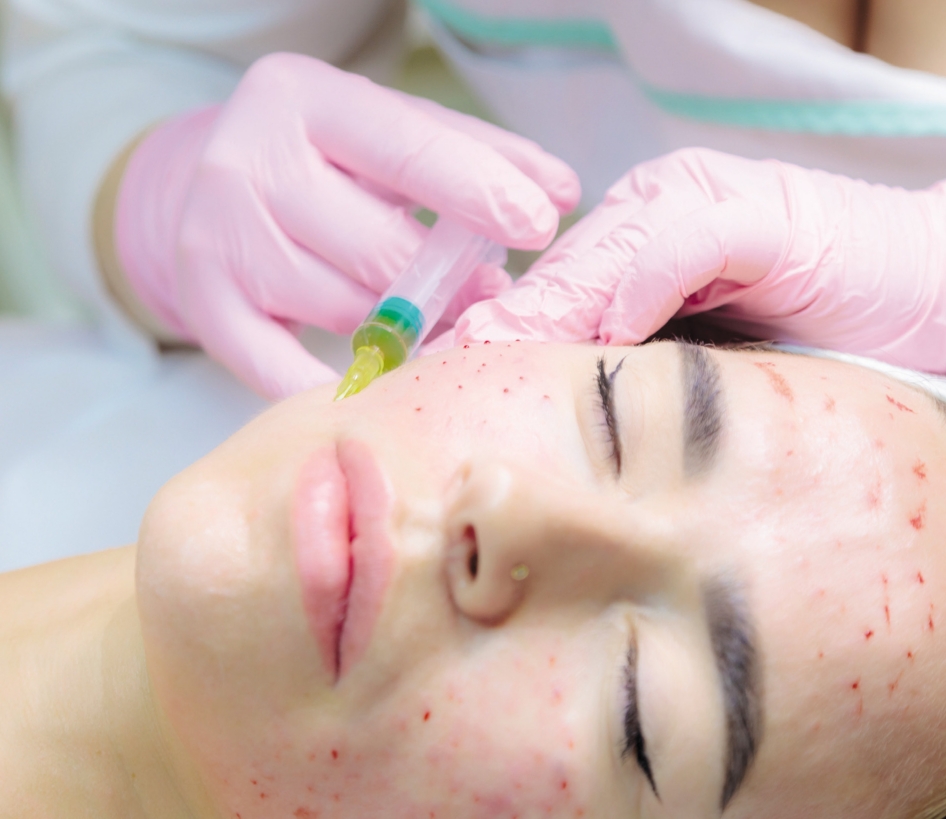
Vampire facials, known scientifically as platelet-rich plasma (PRP) facials, have gained popularity in recent years as a cutting-edge cosmetic treatment
Special to 318 Forum
Celebrities such as Kim Kardashian and Gwyneth Paltrow brought it into the public eye, and beauty enthusiasts got on board with the promise of rejuvenated, glowing skin.
However, recent warnings from health authorities have raised concerns about the safety of these facials when performed improperly. Even some of the procedure’s biggest promoters have said they won’t repeat it because it is too painful.
A vampire facial involves drawing the patient’s blood, separating out the platelet-rich plasma (PRP), and then injecting or applying it topically to the face. Platelets contain growth factors that promote cell turnover and healing, theoretically helping to improve skin texture, tone, and elasticity.
The term “vampire facial” was popularized by celebrities, most notably Kardashian, who brought attention to the procedure by sharing post-facial images of her blood-spattered face.
PRP therapy has roots in medical treatments for wound healing and joint injuries. By using the body’s natural elements, the procedure aims to boost collagen production, reduce fine lines and give the skin a more youthful appearance.
Some medical spas use it to treat skin on more intimate body parts.
Why do people get vampire facials?
Many people opt for vampire facials due to their perceived benefits, which include:
• Skin rejuvenation: PRP can stimulate collagen production, leading to smoother, firmer skin over time. It’s often used to target fine lines, wrinkles and sagging skin.
• Scar reduction: PRP has been shown to help reduce the appearance of acne scars and other blemishes, making it a go-to treatment for those with skin imperfections.
• Natural ingredients: Since the procedure uses the patient’s own blood, it is considered a natural alternative to other facial treatments that rely on synthetic substances.
• Minimal downtime: Compared to more invasive procedures like facelifts, vampire facials have minimal recovery time. Patients can typically resume normal activities within a day or two.
Risks and Warnings
While the potential benefits of vampire facials are enticing, there are significant risks, especially when performed by unlicensed practitioners or in unsanitary conditions.
A new investigation led by the Centers for Disease Control and Prevention (CDC) warns of potential HIV transmission through cosmetic services that involve needles, including vampire facials. An April 25 report linked three cases of HIV transmission in New Mexico to women who received the procedure at an unlicensed medical spa. In these cases, the spa used improper sterilization practices and shared needles between clients, leading to the infections.
Other potential drawbacks to vampire facials:
• Bruising and swelling: Because the treatment involves injections, some patients may experience temporary bruising, swelling or redness at the injection site.
• Not FDA-approved for cosmetic use:
Although PRP is widely used in the medical field, it is not FDA-approved specifically for cosmetic facial treatments, leaving a gap in regulation.
• Cost: Vampire facials can be expensive, with treatments ranging from several hundred to over a thousand dollars per session. Since multiple sessions may be needed for optimal results, the financial commitment can be significant.
To avoid complications, hire only licensed, qualified professionals who perform the procedure in a sterile, regulated environment. Thoroughly vet providers and be aware of the potential dangers, especially in light of the recent CDC investigation.